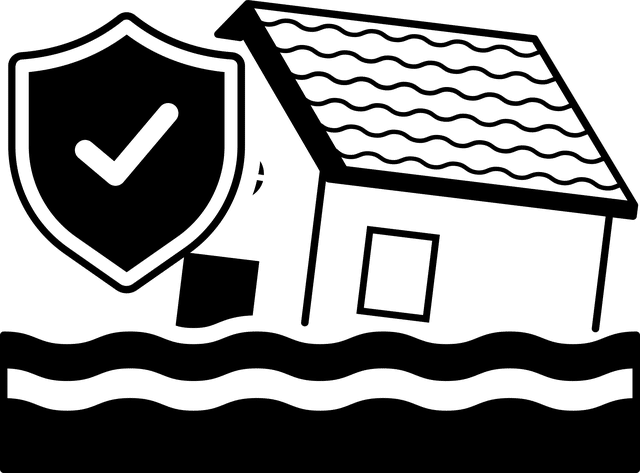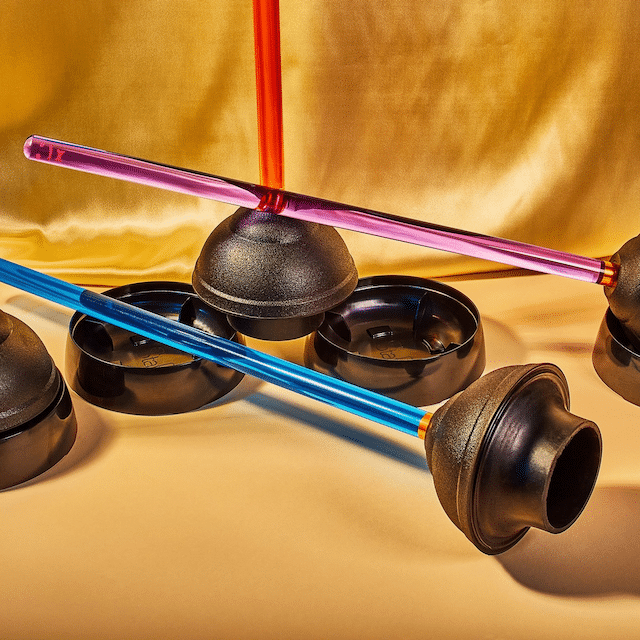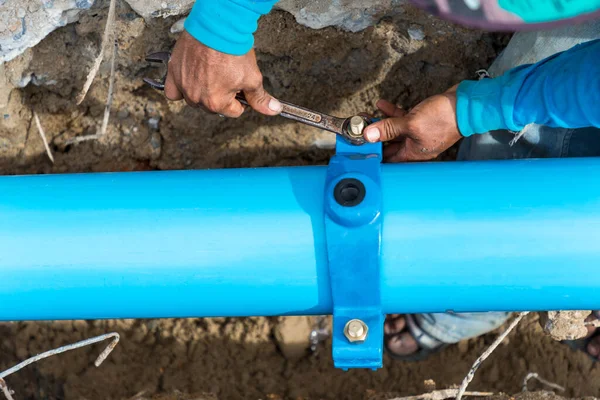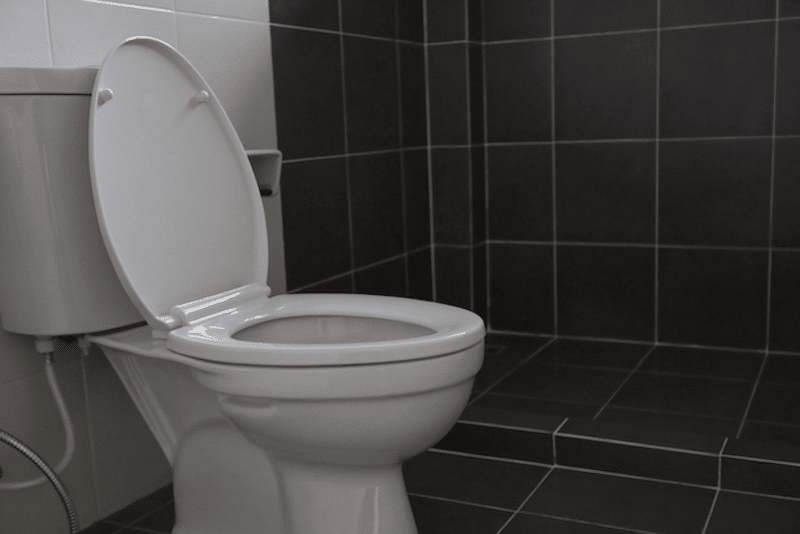Water damage is one of the most devastating things that can happen to your home. It can occur due to various reasons – a burst pipe, a leaking roof, a natural disaster or even just a careless mistake like leaving a tap running. Whatever the reason, water damage can cause severe structural damage to your home and lead to mold growth, which can pose significant health risks to you and your family. In this blog post, we will discuss how you can deal with water damage in your home.
Turn Off the Water Supply:
If you discover a leak or a burst pipe, the first thing to do is to turn off the water supply to prevent further damage. You can locate the main water valve near your water meter or contact your utility company for help.
Assess the Damage:
Once the water source is turned off, assess the extent of the damage. If it’s extensive, it may be necessary to call a professional water damage restoration company. They will have the tools and expertise to dry out your home and prevent mold growth.
Schedule Service Online
Get a free estimate so you know what you're signing up for
"*" indicates required fields
For Emergency Services Call: 410-255-9300
Drying Process:
If the damage is limited, you can start the drying process yourself. Open windows and doors to let fresh air in and use fans and dehumidifiers to accelerate the drying process. Remove any wet items and dry them outside your home if possible. If you have wet carpeting, remove it if possible, and look for signs of rust or mold.
Check for Mold Growth:
Mold can grow quickly in moist environments, within 24 to 48 hours. Check for any signs of mold growth, such as a musty smell, or black spots, and take action immediately. If you find any mold growth, call a professional mold remediation company, as mold can cause severe health concerns.
Prevent Future Water Damage:
Once the cleaning and repair process is complete, take measures to prevent future water damage. This includes regularly inspecting your plumbing and roof for leaks or damage, and ensuring that your gutters and downspouts are clean and working correctly.
In conclusion, dealing with water damage can be stressful, but following these steps can help you deal with the situation effectively and minimize the damage. Always be vigilant when it comes to your home’s plumbing and roof, and address any issues promptly. If you do find yourself dealing with water damage, don’t hesitate to call a professional water damage restoration or mold remediation company to assist you.

Understanding What Is Considered Water Damage
Water damage can be caused by a variety of situations, such as flooding, burst pipes, leaky roofs, and more. It can cause significant damage to your home or business, leading to expensive repairs and even health hazards when left untreated. However, not all water damage is classified the same way. Different types of water damage have different implications, and understanding the type and extent of water damage is crucial in identifying the best approach to address the issue. So, what is considered water damage? Next, we’ll provide you with all the information you need to understand the definition and types of water damage.
National Flood Insurance Program
Typically, water that comes from the bottom up—such as an overflowing river—is covered by a separate flood insurance policy, which can be purchased from the federal government’s National Flood Insurance Program (NFIP), and from some private insurers.
Water damage is defined as damage caused by water in situations where it would otherwise remain in its natural state. Water damage can be classified into two categories: primary damage and secondary damage. Primary damage occurs immediately upon contact with water, and it can be visible and require quick action. Examples of primary damage include soaking carpet and floorboards, damaged ceilings, and wet drywall. Secondary damage happens over time and can be caused by mold or mildew growth, buckling wood, and rusting metals. If water damage is left untreated, it can cause secondary damage, leading to more expensive repairs and health risks.
There are three categories of water damage, which depend on the level of contamination. Clean Water Damage is usually caused by broken or burst pipes, overflowing sinks, or rainwater. This type of water damage is considered the least harmful because the water is free from significant contaminants and does not pose any significant health risks. Gray Water Damage is water that has been slightly polluted and can damage appliances, carpets, furniture, and other items in the home. Gray water can cause illness if ingested or touched. Black Water Damage is highly contaminated water that can cause severe illness or even death. It can be caused by sewer backups, flooding caused by natural disasters, or any other water source that carries pathogens, toxic chemicals, and other harmful substances.
Depending on the category and extent of the water damage, there are different ways to address the situation. In clean water damage situations, a simple drying process and disinfection is usually sufficient. For gray and black water damage, professional restoration services are often required as the removal and disposal of contaminated items and materials is necessary. The restoration professionals use specialized equipment and products to contain and remove the water and disinfect the affected areas. They also help ensure that secondary damage caused by mold and mildew growth is prevented or minimized.
It’s important to get professional restoration help as soon as possible after experiencing water damage. If left untreated, secondary damage can cause serious health risks, including respiratory issues, infections, and other illnesses. Additionally, water damage left untreated may lead to structural damage of your home or business, which can be costly to fix. Professional restoration services can prevent these issues, restore your property to pre-damage condition, and help avoid future problems.
In conclusion, water damage can cause severe damage to your property if not addressed quickly and appropriately. It’s essential to understand the definition of water damage, the different types of damage, and their implications. The extent of the water damage will determine the level of restoration needed to prevent further damage and health hazards. If you’re experiencing water damage, don’t hesitate to seek professional restoration services to address the situation and minimize damage and risks.
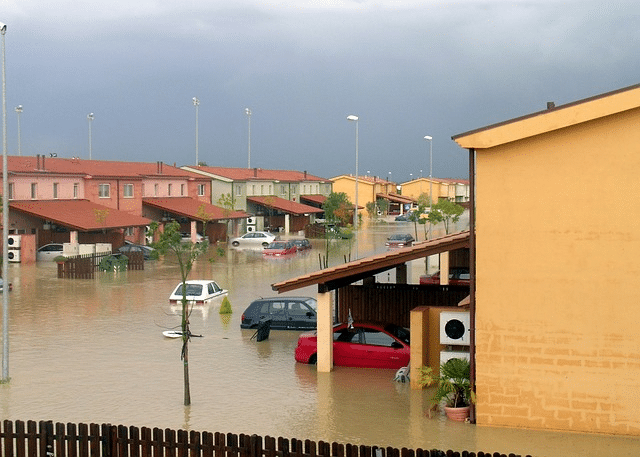
What to Do Immediately After Water Damage
Water damage is one of the most common home disasters that can happen to anyone. It can be caused by severe weather conditions, burst pipes, and even faulty appliances. If water damage happens, it is crucial to act fast to avoid further damage to your property and prevent mold growth.
Here is a comprehensive guide on what to do immediately after water damage to safeguard your home and health.
1) Shut off Water Source and Electricity
The first thing you should do after discovering water damage is to turn off the water source to prevent more water from entering your home. Also, turn off your home’s electricity to avoid electrocution. If the water is too close to electrical outlets, don’t step into the water to turn off the electricity.
2) Identify the Source of the Water Damage
Once you’ve turned off the water sources and electricity, try to identify the source of the water damage. Inspect appliance hoses and faucets. Make it a practice every year to check hoses leading to water heaters, dishwashers, washing machines and refrigerator icemakers. If the cause is a broken pipe or a leaking appliance, you should repair it or call a plumber to help you fix it.
3) Remove Standing Water
It’s essential to remove the standing water as soon as possible. The longer the water stays, the more damage it can cause. You can either hire professionals to help you extract the water or use a wet/dry vacuum to do it yourself. Make sure to wear protective clothing and gloves when doing this.
4) Dry Your Home
Next, you need to dry your home. Use fans and dehumidifiers to remove moisture from the air and promote air circulation. Open windows and doors to let in fresh air. If the damage is extensive, you may want to consider renting commercial-grade equipment.
5) Contact a Professional Restoration Company
Finally, it’s advisable to contact a professional water damage restoration company. These experts have the knowledge, specialized drying equipment and experience to help you restore your home to its pre-damaged state. They can also help you file an insurance claim if your home is insured.
Water damage is a massive headache to homeowners, but fast action is critical. The first 24-48 hours after water damage can make a significant difference in preventing further damage and mold growth. If you experience water damage, don’t hesitate to follow the above steps to safeguard your home and health.
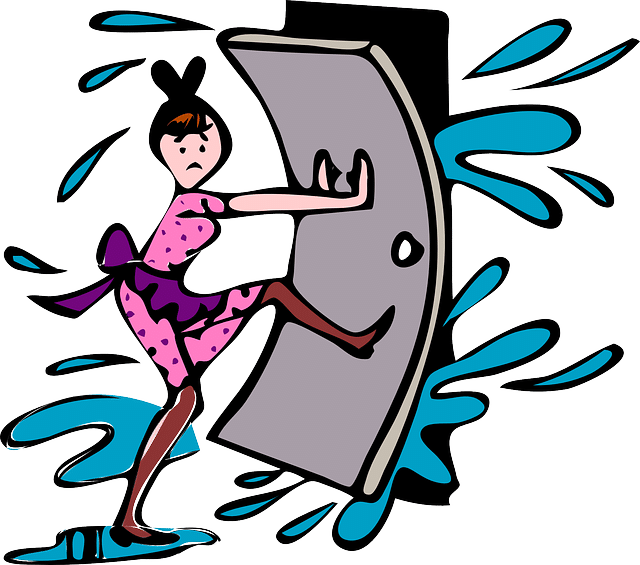
Conclusion:
In conclusion, dealing with water damage can be stressful, but following these steps can help you deal with the situation effectively and minimize the damage. Always be vigilant when it comes to your home’s plumbing and roof, and address any issues promptly. If you do find yourself dealing with water damage, don’t hesitate to call a professional water damage restoration or mold remediation company to assist you.
MD Sewer and Plumbing
To sum it all up, water damage is an unfortunate reality—but the good news is that you don’t have to face it alone. With experienced professionals here at MD Sewer and Plumbing Service, you can be assured that your water damage will be handled quickly and expertly. So don’t wait any longer: contact us today to get started on your path to better plumbing services in your home or business. We guarantee our work, so what are you waiting for? Get ready to put those worries of water damage behind you with MD Sewer and Plumbing—your trusted source for reliable plumbing services!


